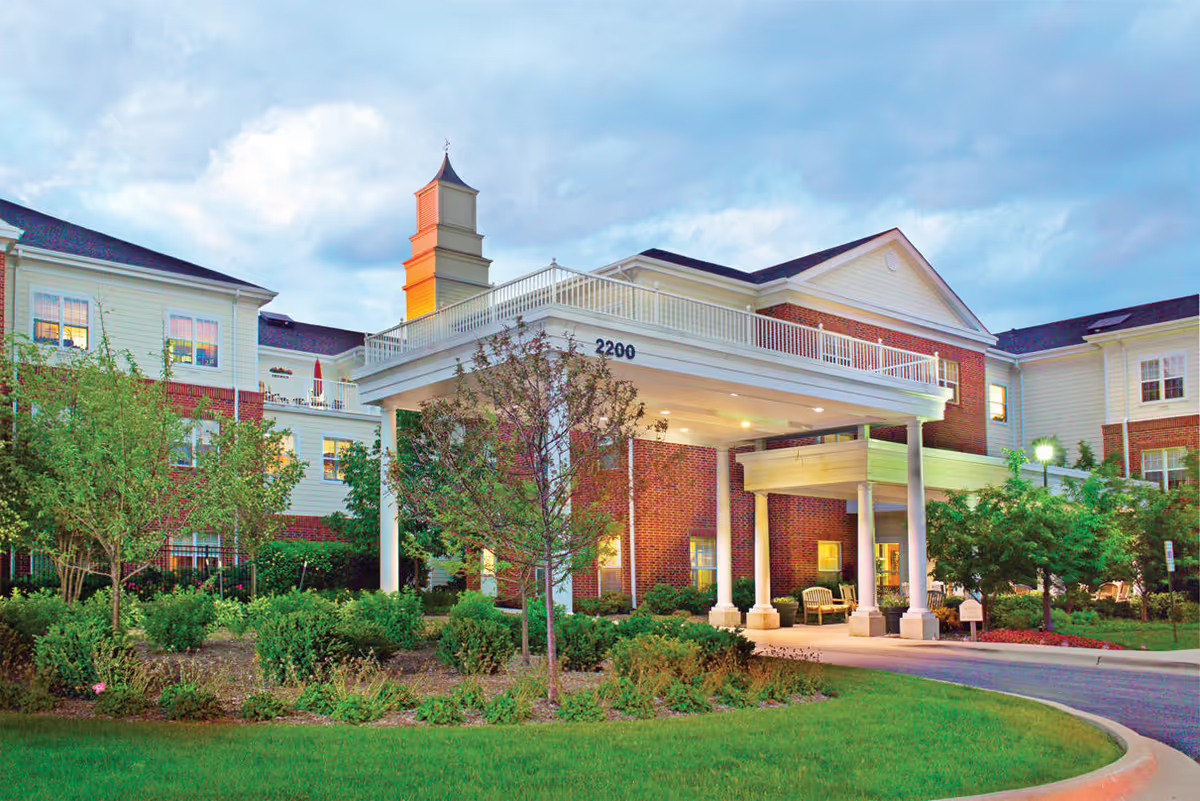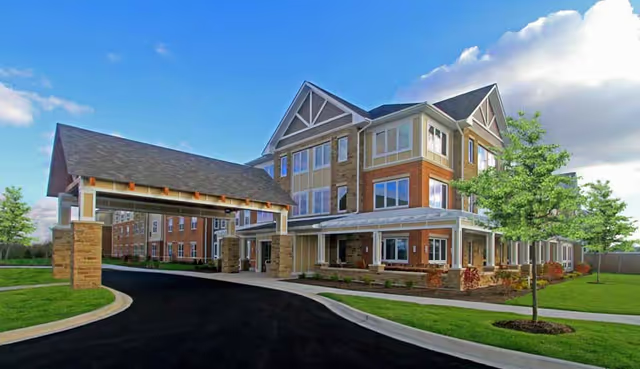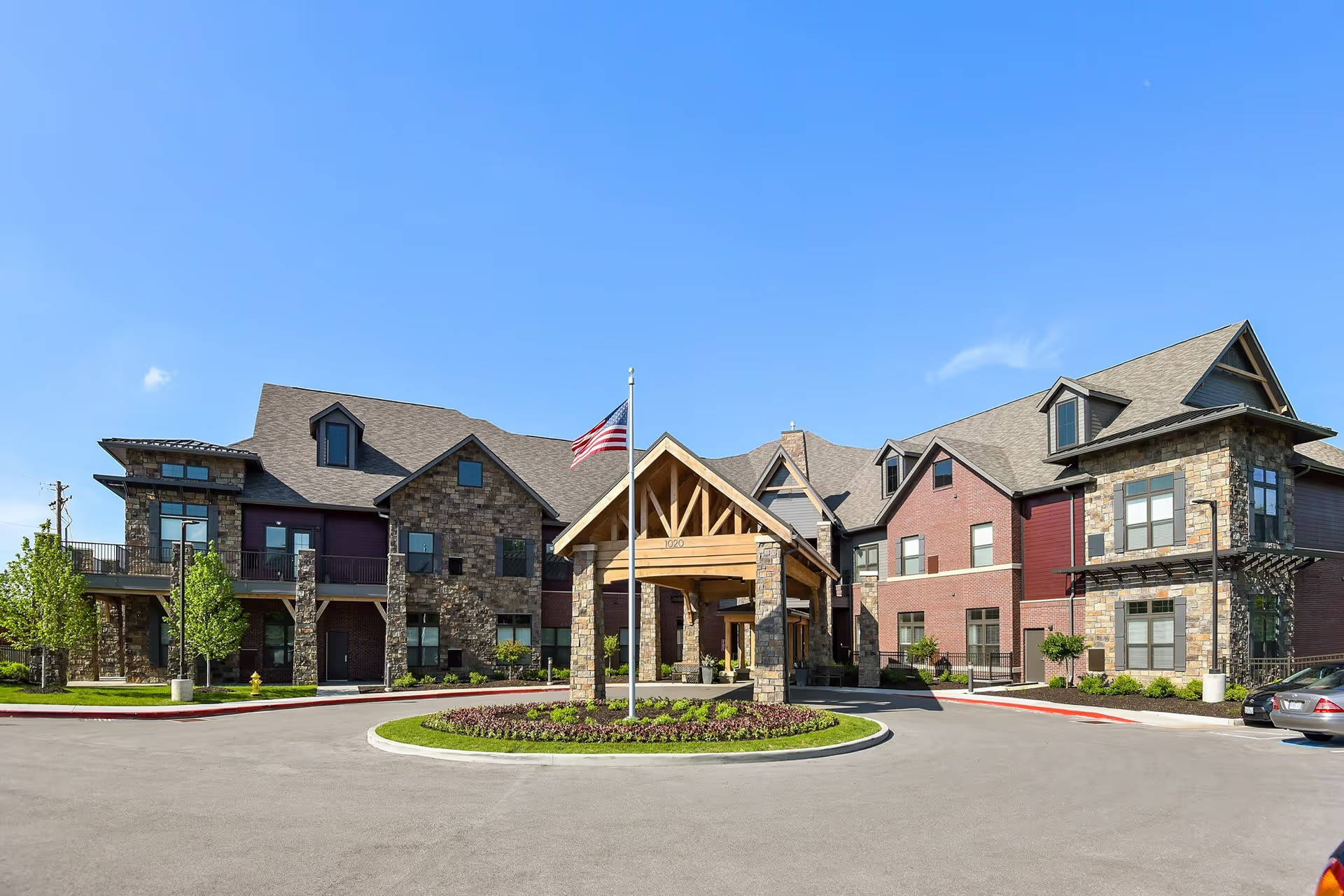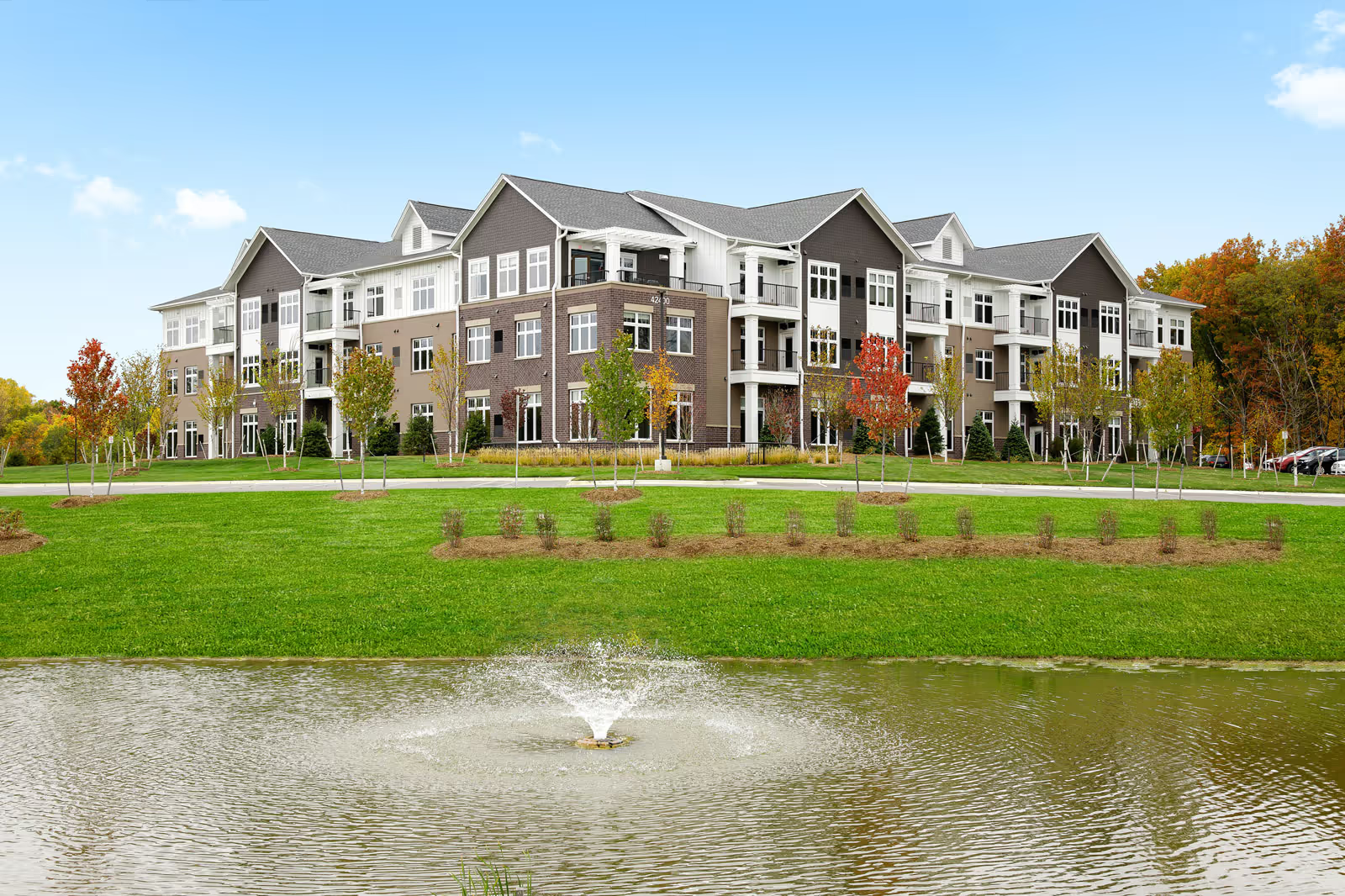The reviews for Serenity Estates of Morris present a starkly mixed picture, with several reviewers emphasizing compassionate, professional care and others describing extremely serious problems. On the positive side, multiple summaries praise the demeanor and competence of staff: office personnel named Anne and Leslie are described as knowledgeable and helpful, and a nurse named Amber is singled out for caring behavior. Several reviewers report high-quality, empathetic care that provides peace of mind, and describe the facility as a safe, nurturing, health-focused environment. An administrator receives positive mention, and some nurses and CNAs are characterized as very good. The physical facility is described as nice, activities such as bingo and coloring are available, and at least one reviewer认为 the community offers good value for the cost.
Despite those positive notes, there are significant and serious negative reports that cannot be ignored. The most alarming review alleges severe sanitation and care failures — including feces on floors, in trash cans, and on toilets — along with claims of resident neglect and no staff check-ins. That review also describes the food as horrible. These descriptions suggest either acute, isolated incidents of extreme neglect or potential systemic failures in hygiene, staffing, or oversight. In addition to that extreme account, other reviewers cite more moderate concerns: inconsistent quality among nurses and CNAs (some praised, some criticized), rooms that lack privacy, and food service problems such as meals occasionally running out (with alternatives provided). One reviewer also mentions compensation concerns (pay scale could be better), which could contribute to staffing variability and turnover.
Patterns across the reviews point to two main themes: (1) many staff members — particularly in administrative/office roles and some direct-care nurses — are doing excellent work and provide families with reassurance and compassionate care; and (2) there are troubling reports of inconsistency and, in at least one instance, extreme neglect and unsanitary conditions. The coexistence of high praise for named staff members and allegations of serious failures suggests variability in resident experience that may depend on shift, unit, or specific personnel. Reports that meals sometimes run out but alternatives are provided indicate operational issues in dining logistics, while the contrasting claim of universally horrible food shows that dining satisfaction is not consistent.
For prospective residents or families, the aggregated reviews recommend a cautious, evidence-based approach. The positive comments about specific staff (Anne, Leslie, Amber), a supportive administrator, available activities, and a generally nice facility are encouraging and indicate that the community can deliver compassionate, health-focused care. However, the extreme negative report of sanitation and neglect is a red flag that warrants follow-up. Recommended next steps before committing would include in-person tours at varied times of day, direct conversations with the nursing director and administrator about staffing levels and hygiene protocols, asking for recent inspection or citation records, checking references from current families, and inquiring about staff turnover and pay/retention strategies. These steps can help determine whether the positive experiences reflect the typical standard of care or whether the severe negative allegations point to unresolved systemic problems that need to be addressed.







